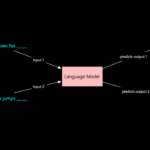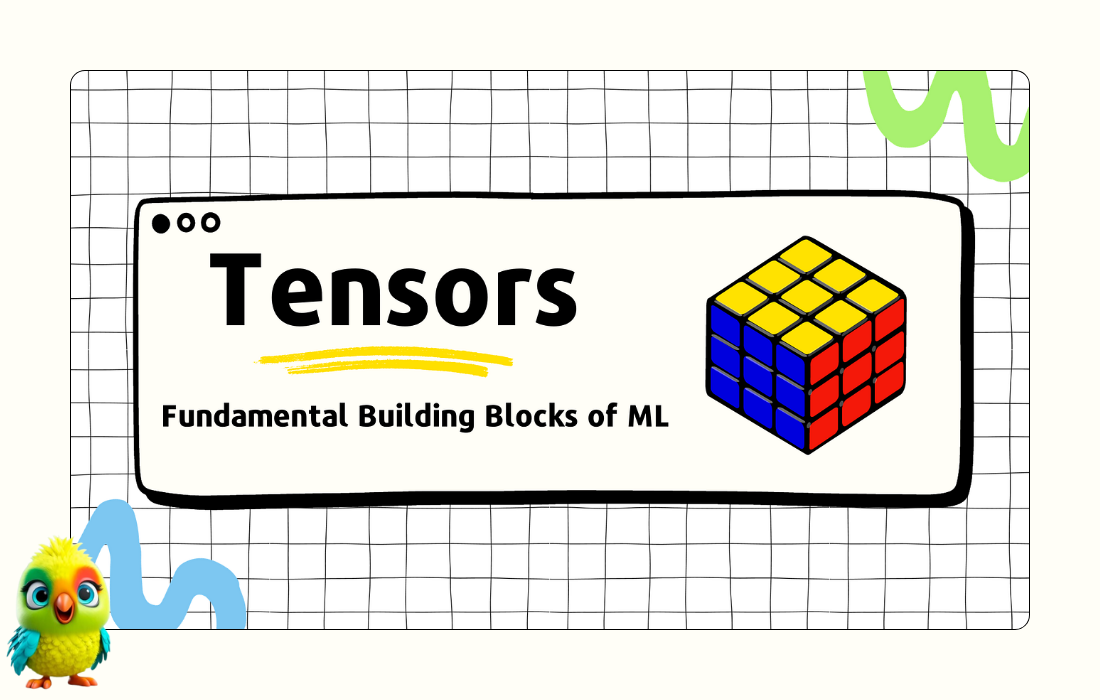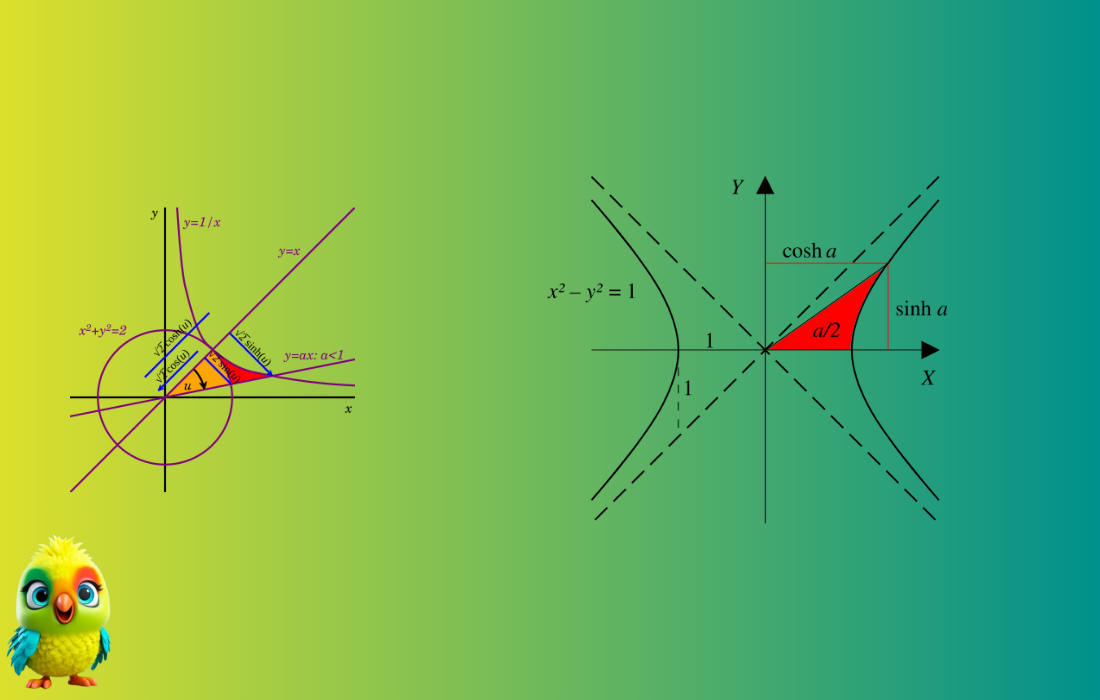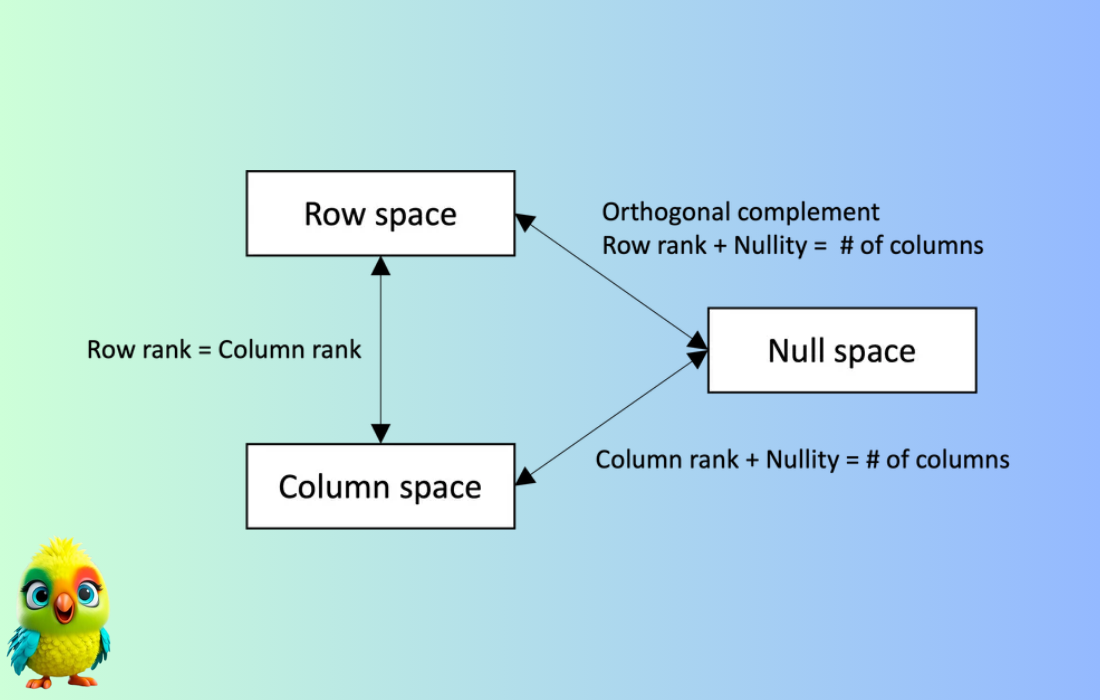If you’ve ever used a grid system, like a chessboard (A-H, 1-8) or a map with coordinates (B3, F5), you’ve intuitively used the concept of the Cartesian Product. In the world of mathematics, this operation is a fundamental way to combine elements from different sets, creating a new set of all possible ordered pairs.
But what exactly does that mean? Let’s break it down, from the basics of an ordered pair to the powerful properties of the Cartesian product itself.
Read: Classification of Partial Differential Equations (PDEs)
What is an Ordered Pair?
Before we dive into products, we need the right building blocks. An ordered pair is a simple but crucial concept. It’s a pair of objects where the order matters.
It’s written in parentheses like this: (first component, second component).
The first object is called the first component.
The second object is called the second component.
The Key Rule: Two ordered pairs (a, b) and (x, y) are equal only if a = x and b = y.
Example:
(5, 7) is not the same as (7, 5). The order changes the meaning entirely, just like the coordinate (Street, Avenue) is different from (Avenue, Street).
Read: Order of Partial Differential Equations (PDEs)
What is the Cartesian Product of Sets?
Now, let’s apply this idea to entire sets. The Cartesian product of two sets, A and B, is a new set that contains every possible ordered pair you can form where the first element is from set A and the second element is from set B.
The symbol for the Cartesian product is a cross: ×.
The Formal Definition:
A × B = { (a, b) | a ∈ A and b ∈ B }
(Read as: “A cross B is the set of all ordered pairs (a, b) such that a is in A and b is in B.”)
Read: The Mathematical Derivation of Pythagoras’ Theorem
A Simple Example
Let’s say we have two small sets:
A = {1, 2}
B = {4, 5, 6}
To find A × B, we pair every element of A with every element of B:
A × B = { (1, 4), (1, 5), (1, 6), (2, 4), (2, 5), (2, 6) }
Visualizing the Cartesian Product:
The best way to visualize this is as a grid or a table. Set A defines the rows, and Set B defines the columns. Each cell in the grid represents one unique ordered pair.
1 2 3 4 5 | B = {4, 5, 6} A = {1} -> (1,4) (1,5) (1,6) {2} -> (2,4) (2,5) (2,6) |
This matrix-like structure shows all six elements of the Cartesian product A × B.
Key Properties of the Cartesian Product
The Cartesian product has some important and intuitive mathematical properties:
Non-Commutativity: A × B ≠ B × A
The order of the sets is crucial. A × B means “first A, then B.” B × A means “first B, then A,” which results in a completely different set of pairs.
Example: Using our sets from above:
A × B = {(1,4), (1,5), (1,6), (2,4), (2,5), (2,6)}
B × A = {(4,1), (4,2), (5,1), (5,2), (6,1), (6,2)}
These two sets are clearly not equal.When is it Commutative? A × B = B × A only if A = B
The only time the order doesn’t matter is when the two sets are identical. In that case, you’re just pairing the set with itself.Cardinality: |A × B| = |A| × |B|
The number of elements (the cardinality) in the Cartesian product is simply the number of elements in A multiplied by the number of elements in B. This makes perfect sense given the grid visualization—a table with 2 rows and 3 columns has 6 cells.
In our example: |A| = 2, |B| = 3, so |A × B| = 2 * 3 = 6.The Empty Set Property: A × B = ∅ if either A = ∅ or B = ∅
You can’t make any pairs if one of the sets is empty. If there are no items in A, you have nothing to put in the first component of a pair. The result is an empty set.
Read: Mastering Laplace Equations and Transforms The History, Derivations, and Solved Examples
Practice Problems (With Solutions Below)
Test your understanding with these problems!
Find x and y: Given that (2x – y, 25) = (15, 2x + y), solve for x and y.
Conditional Pairs: Given A = {2, 3, 4, 5} and B = {4, 16, 23}, find all ordered pairs (a, b) where a² < b.
Compute the Product: If A = {9, 10} and B = {3, 4, 6}, find A × B and state |A × B|.
Reverse Engineer: If A × B = {(a, x), (a, y), (b, x), (b, y)}, what are the sets A and B?
Find the Size: If A × B contains 20 ordered pairs and set A has 4 elements, how many elements does set B have?
Read: Partial Differential Equations (PDEs), Their Canonical Forms wave, heat, and Laplace equations
Conclusion
The Cartesian product is more than just an abstract mathematical operation. It’s the foundation for:
Coordinate Geometry: The entire x-y plane (ℝ × ℝ) is a Cartesian product of the real numbers with itself.
Relational Databases: SQL table joins are built on the concept of Cartesian products, combining rows from different tables.
Computer Science: It’s used in designing state machines, logic, and generating test cases for software.
By mastering ordered pairs and the Cartesian product, you unlock a deeper understanding of how mathematical structures can be combined and related to each other.
Read: Understanding Tensors: A Comprehensive Guide with Mathematical Examples
Answers to Practice Problems
x = 10, y = 5.
Set up the equations from the ordered pair equality: 2x – y = 15 and 2x + y = 25. Add the two equations to get 4x = 40, so x = 10. Plug x back in to find y = 5.{(2, 16), (2, 23), (3, 16), (3, 23), (4, 23)}
Check the square of each element in A against each element in B. 4 < 16, 4 < 23, 9 < 16, 9 < 23, 16 < 23. 5²=25 is not less than any element in B.A × B = {(9,3), (9,4), (9,6), (10,3), (10,4), (10,6)}, |A × B| = 6
Systematically list all pairs. The size is |A| * |B| = 2 * 3 = 6.A = {a, b}, B = {x, y}
Set A is all the unique first components: {a, b}. Set B is all the unique second components: {x, y}.|B| = 5
Use the cardinality formula: |A × B| = |A| × |B|. So, 20 = 4 × |B|. Therefore, |B| = 5.
Read: Understanding Fourier Series: Breaking Down Functions into Sines and Cosines






















